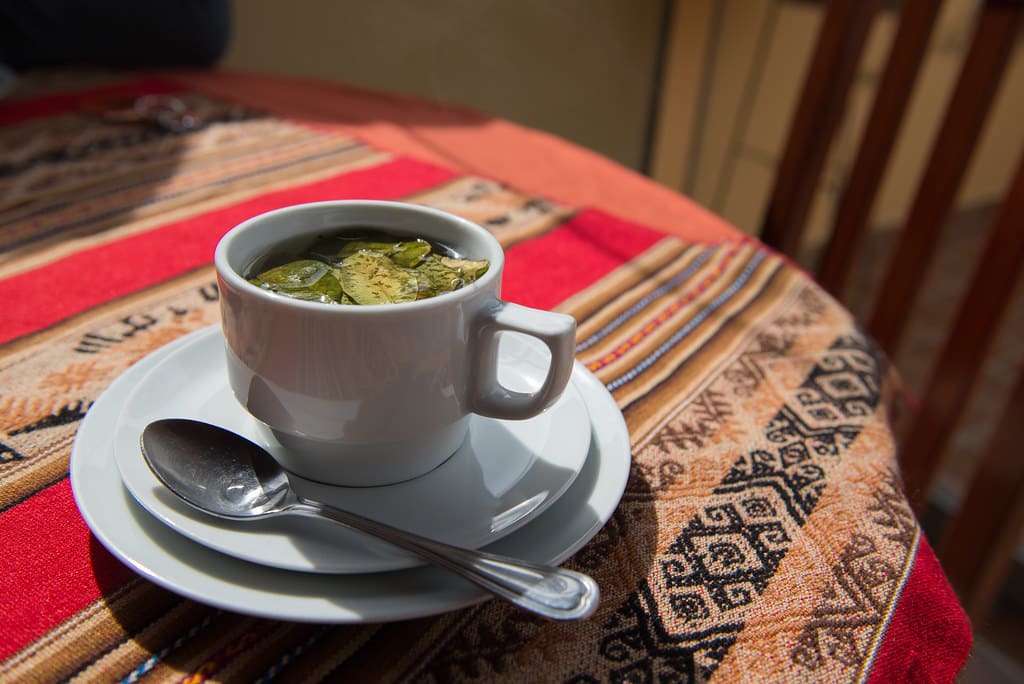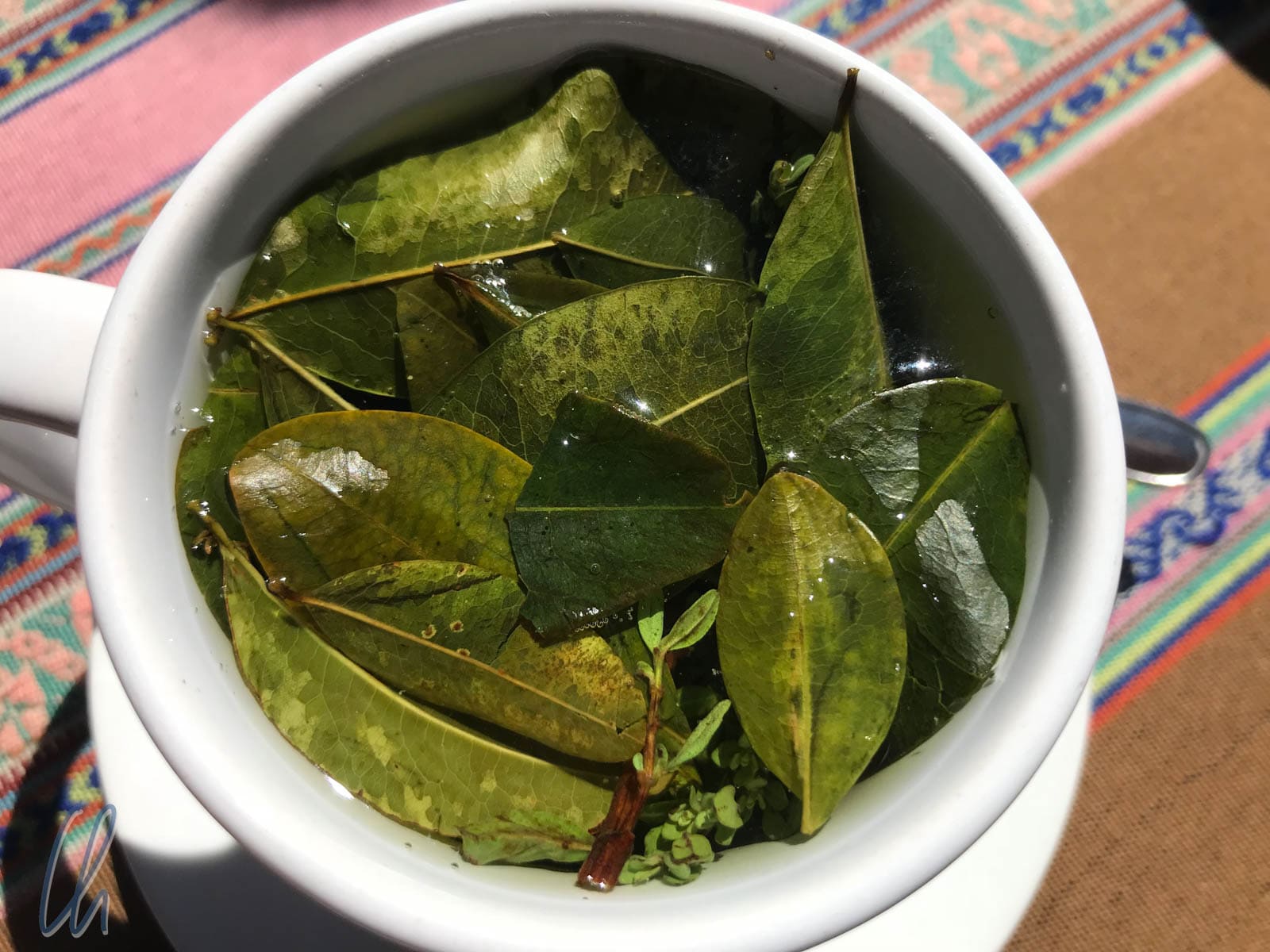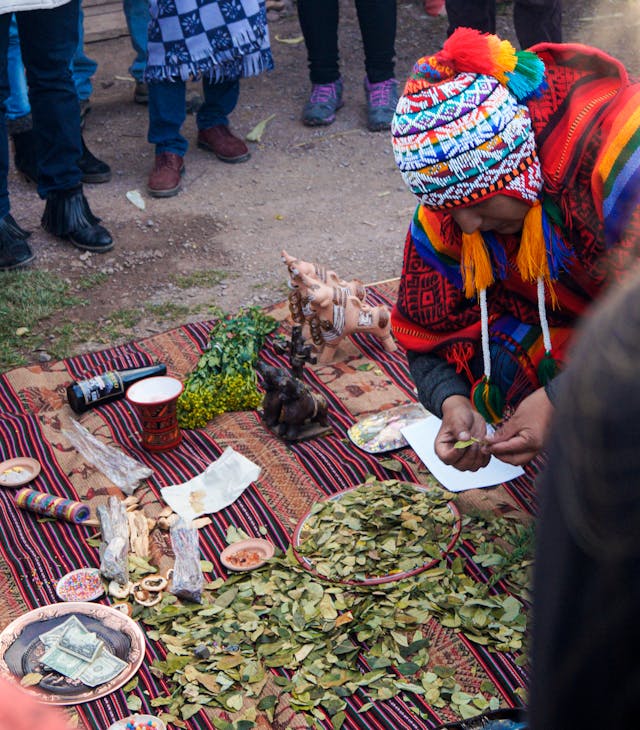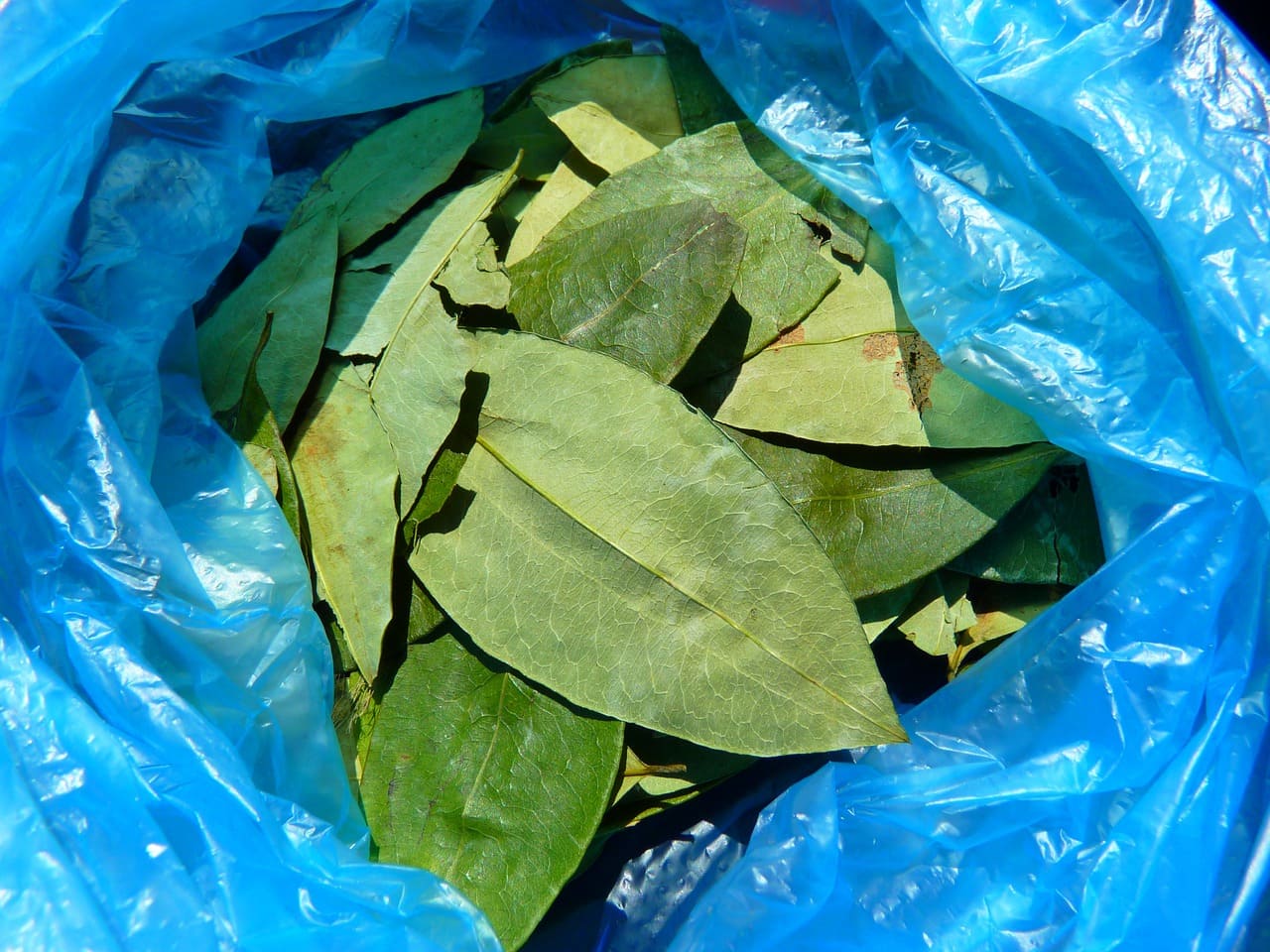Some plants have secrets woven within the complex web of traditional medicine that have been passed down through the generations. Among them is the coca plant, a jewel of the botanical world with a controversial and culturally rich past. For millennia, indigenous peoples have valued the medical qualities of coca, despite its link with the illegal substance cocaine.
In this thorough investigation, we travel far into the interior of South America to unearth the medicinal properties of this age-old plant while exploring its traditional applications, historical relevance, and recent scientific findings.
Revealing the Health Benefits of Coca leaves: Investigating Its Ancient Origins and Healing Properties

The Historical Tapestry of Coca: From Ancient Rituals to Modern Controversy
Historical Origins:
The history of coca starts thousands of years ago in the mist-covered peaks of the Andes, where the plant was grown and highly valued by native societies. Beyond being a curious plant, coca was considered a precious gift from the land, a means of reaching the spiritual world, and a source of strength and nutrition by these ancient civilizations.
The Inca Civilization:
Coca occupied an unmatched position of significance among the Incas. In addition to being utilized in religious rites and sacrifices to the gods, it was also a medium of exchange and a status symbol. Because of its fundamental importance to Inca culture, the cultivation and consumption of cocoa were strictly controlled by imperial order.
Conquest of the colonies and controversy:
The holiness of coca was undermined by the threat of colonial exploitation when European settlers arrived in South America. The plant was vilified by Spanish conquistadors as a tool of paganism, and they made efforts to dissuade native communities from using it. However, coca's cultural significance persisted in spite of efforts to eradicate it, acting as a symbol of resistance against colonial oppression.

Unlocking the Medicinal Mysteries of Coca: From Traditional Remedies to Modern Research
Conventional Applications:
Indigenous peoples of the Andes have used coca for its many medical benefits for generations. The plant is praised as a cure-all for a variety of illnesses, including pain relief, digestive issues, and altitude sickness. Throughout the region, coca has been an integral part of traditional medical techniques, whether it is consumed as raw leaves, brewed into tea, or applied topically as a bandage.
Emerging Research:
As the therapeutic value of coca has become increasingly apparent, there has been a resurgence of interest in the medicinal potential of coca in recent years. Research has shown that coca contains a variety of bioactive compounds, such as flavonoids, essential oils, and alkaloids, which contribute to its pharmacological effects. There has also been renewed interest in coca's potential to reduce pain, fight fatigue, and improve cognitive function, as studies into these effects have produced encouraging results.
Challenges and Controversies:
Coca still faces significant obstacles on the way to becoming widely accepted, despite its potential for therapeutic benefits. Studies to investigate the therapeutic advantages of coca have been hampered by the stigma attached to its production, which has also helped to spread false beliefs about its efficacy and safety. The creation and commercialization of coca-based medications are also severely hampered by legal and regulatory constraints, which restricts access to this traditional remedy.
Navigating the Road Ahead: Toward a Future of Healing and Understanding
Fostering Dialogue and Collaboration:
We must have an honest and open discussion about the place of coca in modern society, as we find ourselves at the nexus of tradition and modernity. We can close the knowledge gap between traditional healers and current research by promoting collaboration between indigenous healers, scientists, legislators, and healthcare professionals. This will allow us to fully utilize coca for the good of humanity.

Encouragement of Sustainable Practices
Environmental sustainability and ethical sourcing techniques must be given top priority in our quest to discover the healing potential of coca. We can guarantee that future generations continue to profit from this priceless botanical resource without jeopardizing delicate ecosystems or sustaining exploitation by endorsing efforts that encourage ethical coca planting, harvesting, and trading.
Improving Fairness and Access:
Above all, we need to fight for fair access to medications made from coca leaves for everyone who might benefit from their medicinal properties. We can establish a future in which coca is acknowledged as a source of healing, unity, and cultural pride rather than as a symbol of conflict and division by confronting out-of-date prejudices and tearing down obstacles to research and innovation.
Why Coca Leaves Are Essential for High-Altitude Travel in Peru
For millennia, native Andean communities have utilized coca leaves for their therapeutic qualities. Nutrient-rich leaves can help relieve the headaches, nausea, and dizziness associated with altitude sickness, which is common at elevations higher than 2,500 meters (8,200 feet).
Top Benefits of Coca Leaves for Travelers:
- Alleviates Altitude Sickness: Coca leaves help your body adapt to lower oxygen levels, which is crucial in high-altitude regions like the Sacred Valley and Lake Titicaca.
- Boosts Energy: The natural compounds in coca leaves provide an energy boost, perfect for long hikes like the Inca Trail.
- Improves Digestion: Coca tea or chewing the leaves can ease stomach discomfort, helping travelers adjust to local foods.
- Natural Remedy: Coca leaves are a natural alternative to medication, making them a great option for travelers seeking organic solutions.

How to Use Coca Leaves in Peru
- Coca Tea: One of the easiest and most common ways to consume coca leaves is by brewing coca tea, which you’ll find readily available in hotels and restaurants throughout Peru.
- Chewing Coca Leaves: Another method is to chew the leaves, allowing the alkaloids to absorb slowly and provide longer-lasting relief.
Finally, the story of coca is one of resiliency, flexibility, and rejuvenation. From its long history as a sacred plant in the Andes to its recent resurgence as a topic of scientific study, coca represents the enduring spirit of transformation and healing. Let's acknowledge the wisdom of the past, accept the difficulties of the present, and pave the way for a day when everyone values and celebrates the healing power of coca as we set off on our voyage of research and discovery.
Ready to embark on your Peruvian adventure? Contact us today or email us at info@peruviansunrise.com, tobook your trip now and start the adventure of a lifetime.
Thank you for reading!
Please, follow us on Facebook and Instagram, click on the following icons: ![]()
![]()
![]()
And If you liked the article, you are very welcome to share it on your social media.
